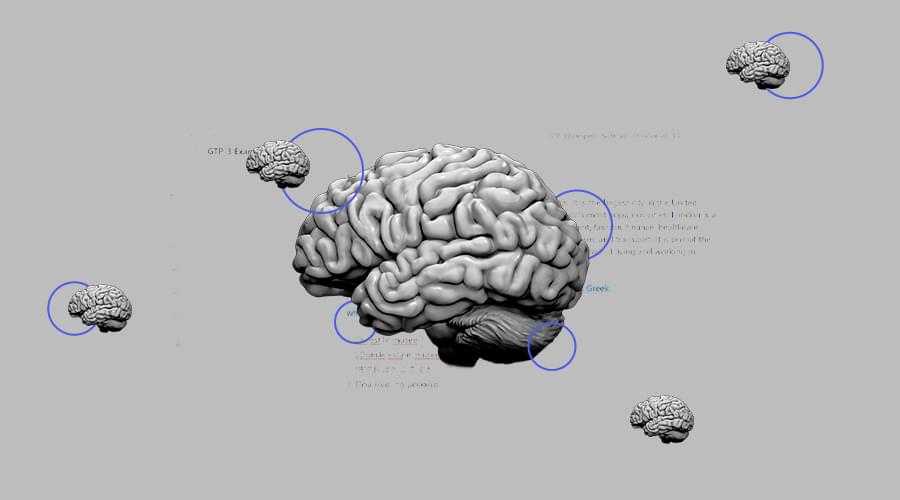Separating the Tesla CEO and first place within the wealth standings is simply $3 billion, claims a media report.
Despite losing 200 billion in 2022, Elon Musk is on a recovery, inching closer than ever to reclaim the throne of the world’s richest person.
Elon Musk may soon “reclaim the title of world’s richest person,” claimed a media report on Saturday. “Separating the Tesla CEO and first place within the wealth standings is simply $3 billion.
BRITTA PEDERSEN/POOL/AFP via Getty Images.
The 51-year-old tech billionaire climbed back to the second spot and is worth 188.6 billion at present, according to the most recent numbers posted on Forbes world’s richest person list on Saturday.









